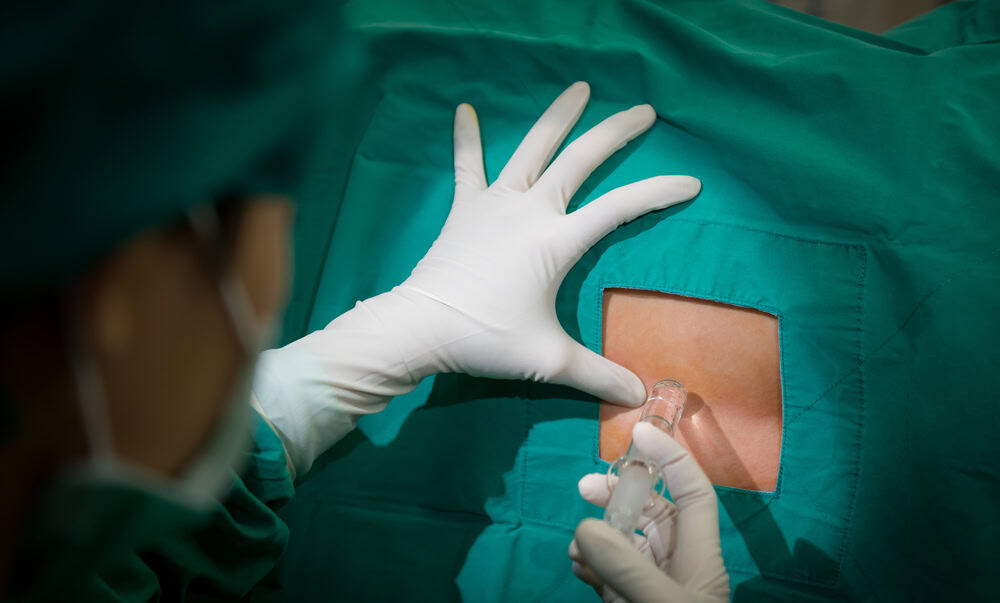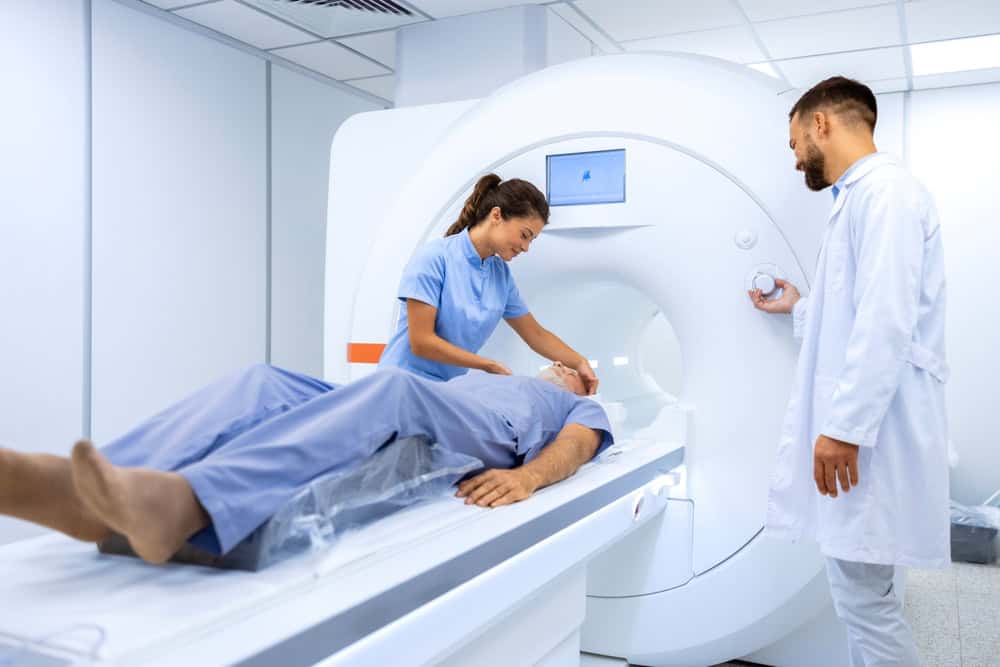Summary:
Understanding Acupuncture as a Physical Therapy Method
Acupuncture is an ancient practice originating in traditional Chinese medicine. It involves inserting fine needles into specific points on the body. From a Western perspective, these points often correspond to nerves, muscles, and connective tissue. The goal is to stimulate these areas. This stimulation is thought to influence the body’s natural healing abilities. For example, some theories suggest it can trigger the release of endorphins, natural pain-relieving chemicals produced by the body.
The treatment is increasingly integrated into physical therapy settings, especially for managing musculoskeletal pain. Physical therapists who use acupuncture often combine it with other therapeutic techniques. This blended approach aims to address the root causes of discomfort. It can be part of a broader rehabilitation plan. This is particularly relevant in New York City, where active lifestyles can lead to musculoskeletal issues.

Addressing Musculoskeletal Pain
Musculoskeletal pain affects your muscles, bones, ligaments, tendons, and nerves. It is a common reason people seek physical therapy and pain management solutions. Conditions such as low back pain, neck discomfort, osteoarthritis, and fibromyalgia fall into this category. Acupuncture is often explored as a way to help manage these types of aches. By targeting specific points, the aim is to help moderate discomfort signals.
Distinguishing Dry Needling
While similar in appearance because they both use fine needles, dry needling is a distinct technique often used by physical therapists. Dry needling typically targets myofascial trigger points within muscles. Its primary goal is to address muscle tightness and spasms. Acupuncture, on the other hand, follows traditional Chinese medicine principles and targets points along meridians or pathways, aiming to influence the body’s energy flow, or ‘Qi’. Both techniques involve needles but have different theoretical bases and applications in pain management.
Want live answers?
Connect with a NY Spine Medicine expert for fast, friendly support.
The Process: What Happens During an Acupuncture Session
When you arrive for an acupuncture session in NYC, a practitioner will first discuss your health history and your specific discomfort concerns. They will assess your condition to determine the appropriate points for needle insertion. You will lie down comfortably during the session. The practitioner will then insert the very fine, sterile needles at targeted points. The depth of insertion varies depending on the location and the intended effect.
You may feel a slight sensation upon insertion, sometimes described as a dull ache, warmth, or tingling, but it should not be sharp pain. The needles are usually left in place for 15 to 30 minutes. During this time, you can relax. The practitioner may gently stimulate the needles by twirling or moving them slightly. After the allocated time, the needles are carefully removed. Sessions are typically spaced out over several weeks, depending on your individual needs and how your body responds.

How Acupuncture Addresses Pain
Acupuncture helps manage pain and involves looking at several mechanisms. Firstly, the insertion of needles may stimulate nerve fibers. This stimulation can interfere with pain signals traveling to the brain. Think of it like a busy signal disrupting another call. Secondly, there is evidence suggesting acupuncture can promote the release of neurochemicals like endorphins, which are natural painkillers. Thirdly, it might influence blood flow to the targeted area. Improved circulation could help reduce inflammation and promote tissue repair, thus contributing to pain relief and rehabilitation.
Integrating Acupuncture into Rehabilitation
Acupuncture is frequently used as one part of a comprehensive rehabilitation program. When dealing with sports-related discomfort or recovery from injury, it can complement other therapies like manual therapy or exercise. In New York City, where people are often keen to return to their active routines quickly, incorporating acupuncture can be a valuable component of a sports physical therapy plan. It can help address localized discomfort, improving your tolerance for other therapeutic activities.
Exploring Acupuncture for Your Pain Management
If you’re living with persistent discomfort and seeking options in New York City, acupuncture offers a potential path for pain management. As a component of physical therapy or a standalone method, it helps to moderate discomfort signals and support your body’s natural processes. Consider discussing acupuncture with a qualified practitioner to see if it could be a suitable addition to your approach for addressing musculoskeletal discomfort and supporting your journey toward improved well-being in the city. Contact us to learn more about available services.






